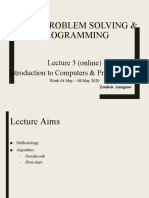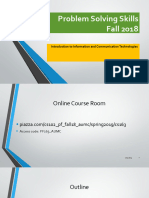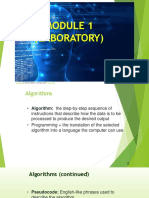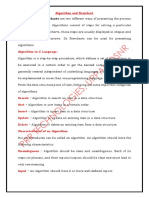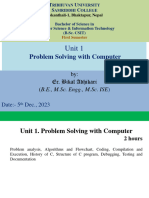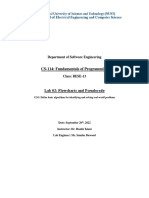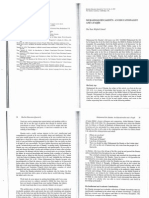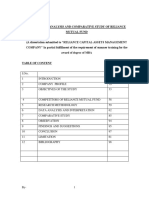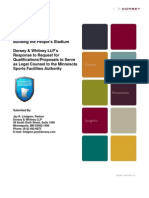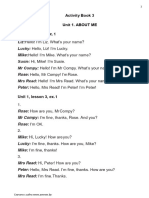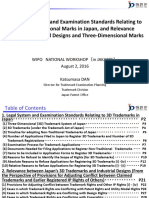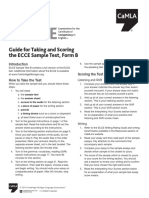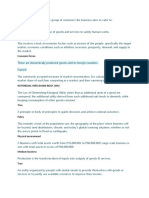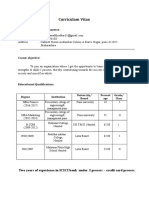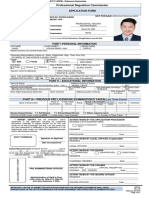0% found this document useful (0 votes)
182 views32 pagesProblem Solving 1
Chapter 5 introduces the problem-solving cycle, which consists of five phases: defining the problem, brainstorming solutions, selecting solutions, implementing them, and reviewing results. It also covers various programming concepts such as coding, testing, debugging, decomposition, and the differences between algorithms and programs. Additionally, the chapter provides algorithms, pseudocode, and flowcharts for solving specific problems like calculating areas, checking leap years, and finding factorials.
Uploaded by
dragongungaming7Copyright
© © All Rights Reserved
We take content rights seriously. If you suspect this is your content, claim it here.
Available Formats
Download as PDF, TXT or read online on Scribd
0% found this document useful (0 votes)
182 views32 pagesProblem Solving 1
Chapter 5 introduces the problem-solving cycle, which consists of five phases: defining the problem, brainstorming solutions, selecting solutions, implementing them, and reviewing results. It also covers various programming concepts such as coding, testing, debugging, decomposition, and the differences between algorithms and programs. Additionally, the chapter provides algorithms, pseudocode, and flowcharts for solving specific problems like calculating areas, checking leap years, and finding factorials.
Uploaded by
dragongungaming7Copyright
© © All Rights Reserved
We take content rights seriously. If you suspect this is your content, claim it here.
Available Formats
Download as PDF, TXT or read online on Scribd
/ 32















